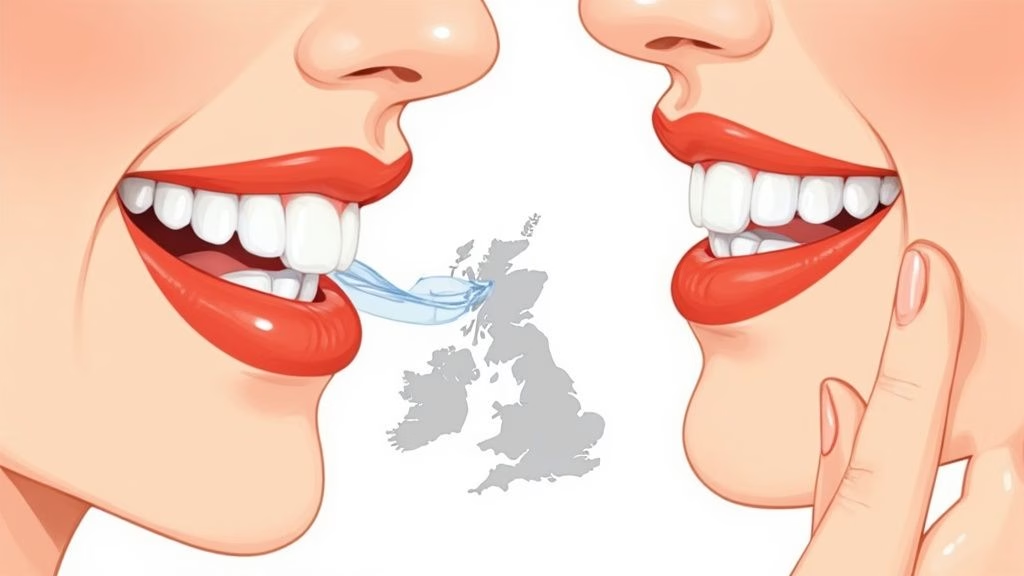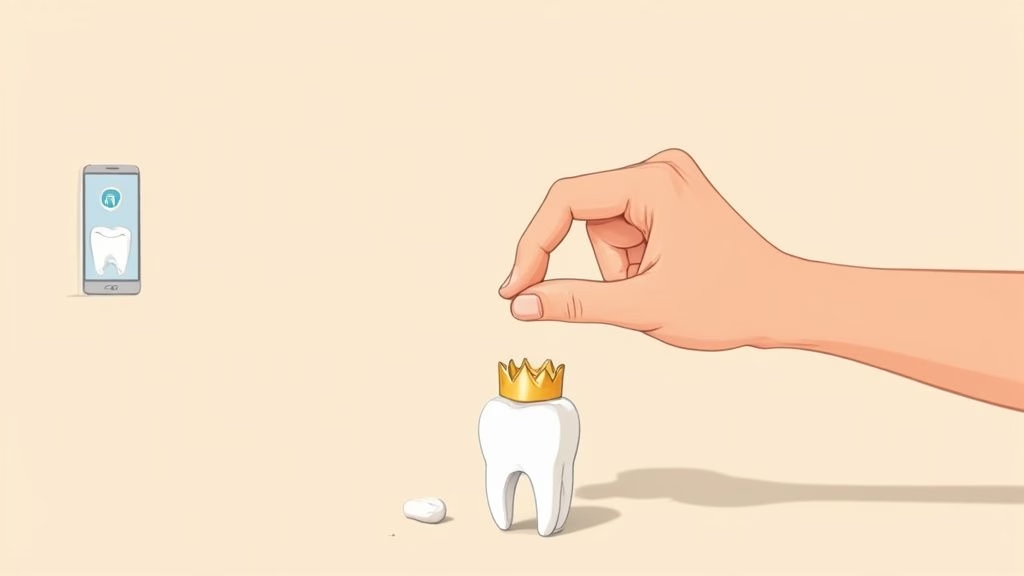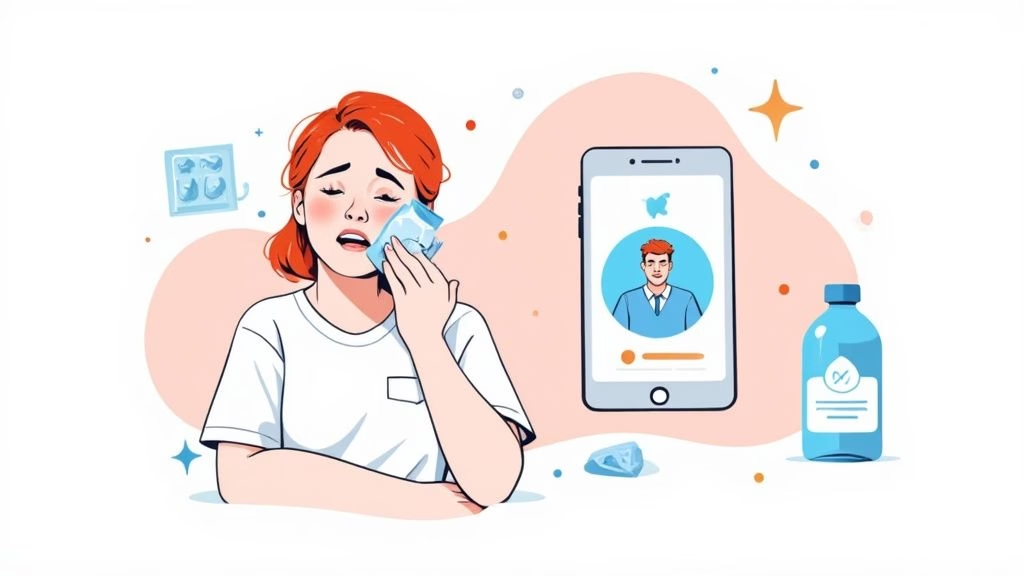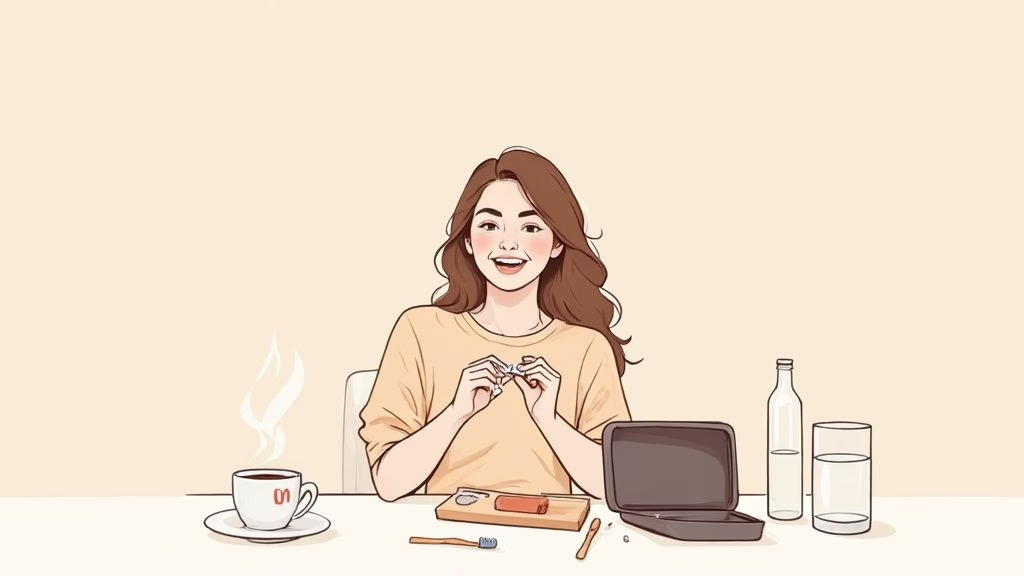Understanding Open Bite: Causes And Treatments
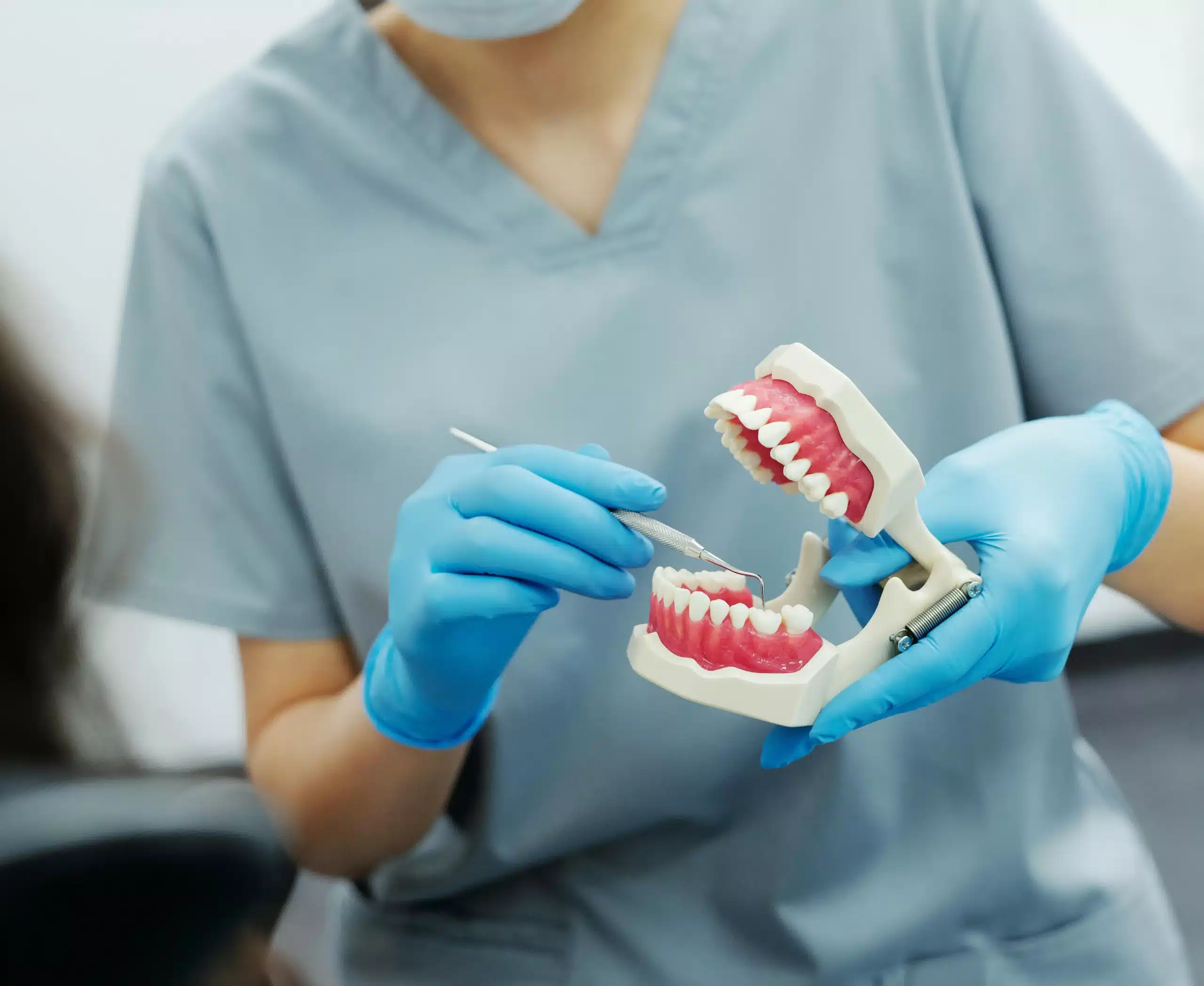
Open bite – it might sound self-explanatory, but what does it actually mean? It’s one of the more common types of malocclusions out there, and it’s easily identifiable. Open bites occur when a person can’t close their mouth properly due to the position of their teeth.
But how do they happen, and how can an open bite be corrected, or even prevented?
What is an open bite?
More specifically, an open bite is a type of way in which your teeth come together – it means the teeth are not aligned properly. There’s a noticeable gap between the front upper and lower teeth or between the back teeth when the mouth is closed – meaning that a person with an open bite can’t fully close their mouth.
Open bites are either anterior or posterior. An anterior open bite happens when the front teeth do not touch, leaving a gap even when the jaws are closed. A posterior open bite, on the other hand, affects the back teeth, preventing them from meeting when the mouth is closed, while the front teeth can still touch.
An open bite isn’t always a functional problem, and in most cases can even be lived without any issues. In some cases, however, this misalignment can lead to difficulties with chewing and speaking, and if left untreated, can even cause excessive wear on the teeth that do reach each other.
Causes of open bite
Open bite can be caused by a number of different factors, most of which are typically either genetic or environmental:
Genetic causes
- Abnormal jaw shapes or growth patterns can predispose people to an open bite, and can cause teeth to align improperly as they grow.
Environmental causes
- Thumb sucking and tongue thrusting: particularly common in children, these habits can push the teeth out of alignment, and can shape the jaw and teeth into an open bite.
- Prolonged use of bottles: extended use of bottles or pacifiers during childhood can similarly influence jaw development and teeth positioning, contributing to an open bite.
Signs of an open bite
Identifying an open bite involves noticing several key symptoms:
- Visible gap: a noticeable space between the upper and lower teeth when the mouth is closed
- Speech issues: challenges such as a lisp, caused by the misalignment affecting normal speech patterns
- Chewing difficulty: problems with biting and chewing food efficiently due to the lack of proper teeth contact
- Abnormal jaw appearance: the jaw may appear protruded or receded, depending on the type of open bite (anterior or posterior)
Any of these can affect both aesthetics and functionality of your mouth – if you experience any of these symptoms, it may be worth contacting your orthodontist or dentist to explore treatment.
Treatment options: correcting an open bite
Treating an open bite is generally straightforward, and there are a number of different ways to achieve straighter teeth and a fully-functioning bite.
Braces for open bite
Orthodontic braces are suitable for both children and adults when it comes to open bite correction; they work by gradually moving the teeth into the correct alignment.
There are different types of braces, such as traditional metal braces, ceramic braces, and lingual braces, each with their own advantages and disadvantages depending on the severity of your bite and your own preferences.
Clear aligners
Clear aligners are less visible than braces and are removable, making them a popular choice for mild to moderate open bites. Though they’re not suitable for every case, clear aligners, like those Toothfairy™ offers, are a seamless choice for anyone looking to fix their smile without too much hassle.
Book a free scan today with one of our registered dentists to discover how our Toothfairy™ clear aligners can help you achieve your perfect smile.
Surgery
For severe open bites, especially those caused by skeletal issues, jaw surgery may be recommended. This surgery adjusts the jaw’s position and is usually followed by orthodontic treatment to fine-tune the alignment. Our dentists can recommend this course of treatment for you if needed. Book a free consultation today.
Which treatment should you choose?
Deciding which course of treatment to choose can be tricky. Depending on how severe your open bite is, your orthodontist may recommend different treatment options.
Some common advantages and disadvantages of each method are:
Braces – benefits
- Highly effective for severe cases
- Can address multiple teeth alignment issues
Braces – drawbacks
- Visibly noticeable
- Can be uncomfortable
- Requires careful maintenance
Clear aligners – benefits
- Aesthetically pleasing
- Easy daily maintenance
- Safe planning
- Quick as more directed movement
- Affordable pricing
- Less in-clinic appointments
- Powered by technology
Clear aligners – drawbacks
- Less effective for complex cases
- Must be worn for the majority of the day
Surgery – benefits
- Provides a permanent solution for deep, structural issues
Surgery – drawbacks
- Longer recovery period
- Occasional high risks
Why correct an open bite?
In some cases, open bite correction can be crucial – not only for cosmetic reasons, but also for functional health.
Proper alignment of the teeth ensures efficient chewing and digestion, which can impact overall nutrition and health. It also prevents speech difficulties and reduces the risk of abnormal wear on the teeth, which can lead to further dental issues like cavities or enamel wear.
Addressing an open bite can even prevent jaw pain and TMJ disorders, as misalignment often puts extra stress on the jaw muscles and joints.
Living with an open bite: tips and advice
While you’re seeking or undergoing treatment for your open bite, living with it can prove to be difficult. Here are some adjustments to your daily habits that might make it easier:
- Change up your diet: opt for softer foods that are easier to chew, especially if you experience discomfort or difficulty with biting.
- Maintain oral hygiene: keep up your oral hygiene habits to avoid complications like tooth decay, which can worsen with misalignment.
- Consider speech therapy: if the open bite affects your pronunciation, speech therapy can help improve clarity and confidence.
- Get regular dental check-ups: keep standing appointments with your dentist or orthodontist to monitor your treatment or discuss potential options.
FAQs about open bites
Does fixing an open bite change face shape?
Yes, fixing an open bite can change the face shape, particularly by improving the profile and jawline alignment. This is more noticeable in cases where skeletal abnormalities are corrected with jaw surgery.
What age should open bite be corrected?
Open bite should ideally be corrected as early as possible, usually during childhood or adolescence to take advantage of a growing body for more effective treatment outcomes. However, treatment can still be successful in adults.
Can you fix an open bite without surgery?
Yes, an open bite can often be fixed without surgery using braces or clear aligners, especially if the open bite is primarily dental rather than skeletal.
What happens if an open bite is left untreated?
If left untreated, an open bite can sometimes lead to difficulties in chewing and speaking, increased wear on the teeth, and potential TMJ disorders due to the misalignment of the jaw.
Last updated on May 24, 2024

Dr. Deepak
ToothFairy Care Team.
Dr. Deepak
ToothFairy Care Team.
